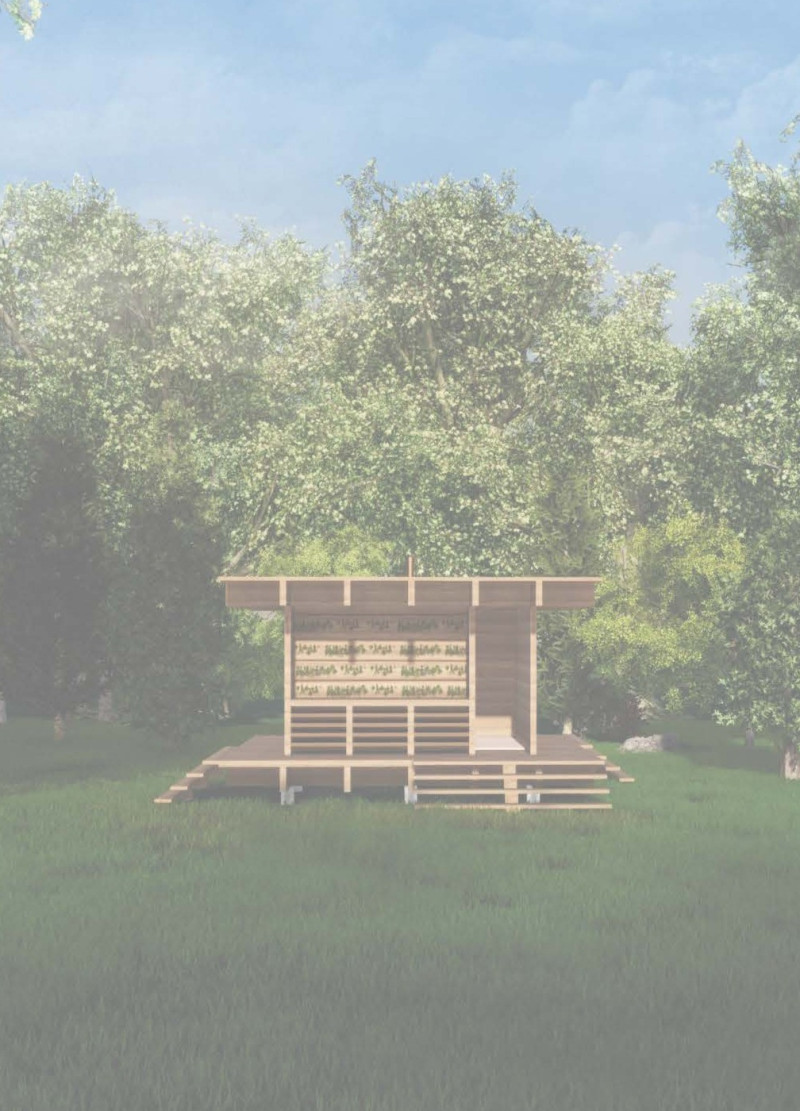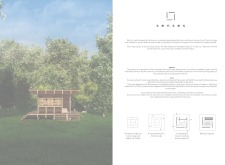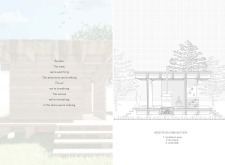5 key facts about this project
The "Senses" Meditation Cabin is an architectural project located in a naturally rich environment of New Zealand. It serves as a retreat for individuals seeking mindfulness and connection with nature. The design prioritizes simplicity and modularity, offering a functional space primarily for meditation, yoga, and quiet reflection. The cabin’s form emphasizes a minimalist aesthetic that encourages users to engage deeply with their surroundings.
The cabin's architectural layout consists of an open meditation area, a central fireplace, and a small altar, all designed to support various spiritual and contemplative practices. Each feature is strategically positioned to foster a sense of tranquility and focus. The dimensions of the space cater to five individuals, linking the cabin’s design directly to traditional practices, such as those influenced by Japanese architecture. Every aspect of the design is created to facilitate a harmonious relationship between the user and the landscape.
Sustainability and a connection to the environment are central to the project's ethos. The primary material used in the construction is wood, which not only creates a warm atmosphere but also reflects environmentally conscious design practices. The choice of locally sourced wood supports sustainability while enhancing the structure's integration into its natural setting. Other materials include a concrete footing for stability and potential metal components for functional elements like the fireplace.
Unique to this project is its modular construction approach, allowing for pre-fabricated components. This methodology is aligned with contemporary trends in architecture, enabling participation from users in the assembly process. The design features large cantilevered elements that provide shade and blur the boundaries between indoor and outdoor spaces. This layout invites the natural landscape into the cabin, enhancing sensory experiences, such as visual engagement with the surroundings and auditory connections with nature.
The "Senses" Meditation Cabin represents a contemporary exploration of architecture focused on personal well-being and environmental harmony. Its design facilitates a deep engagement with nature through strategic layout and material choices. For a comprehensive understanding of this project, viewers are encouraged to explore the architectural plans and sections, architectural designs, and architectural ideas presented in the project documentation. Engaging with these elements can provide further insights into the intentionality and functionality of the design.






















































